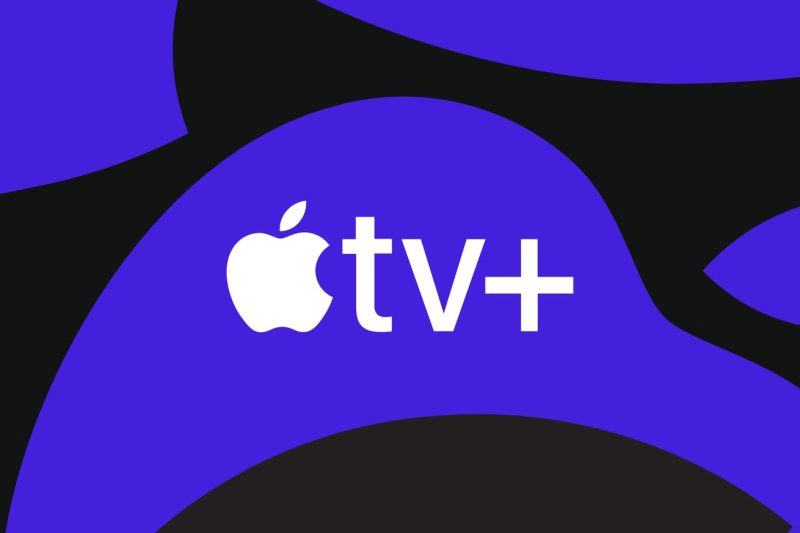The recent success and growth of Apple TV+ have brought about a closer look at the budgets allocated to its original content. With a strong lineup of shows and movies, including hits like Ted Lasso and The Morning Show, Apple TV+ has been gaining ground in the highly competitive streaming landscape. However, scrutiny has been placed on the hefty budgets allocated to these productions and whether they are justified from a business perspective.
One of the key factors under examination is whether the high production costs translate into sufficient returns for Apple TV+. While the platform has garnered critical acclaim for its content, the subscription numbers and overall revenue generated have been a subject of analysis. With other streaming giants like Netflix and Amazon Prime Video investing heavily in original programming, Apple TV+ faces stiff competition in attracting and retaining subscribers.
The focus on budget scrutiny also extends to the marketing and promotion of Apple TV+ content. Given the crowded streaming market, effective marketing strategies are crucial in cutting through the noise and capturing audience attention. The question arises as to whether the significant budgets allocated to production are accompanied by proportional investments in marketing efforts to maximize reach and engagement.
Moreover, the quality of content is paramount in justifying the budgets allocated to original programming. Apple TV+ has aimed for high production values and top-tier talent in its shows and movies, which undoubtedly contribute to the overall costs. However, the critical and audience reception of these productions plays a vital role in determining whether the expenses are justified. A balance between quality, cost, and viewer reception is essential in the evaluation process.
In the realm of streaming services, subscriber acquisition and retention are fundamental metrics for success. The investment in original content, including substantial budgets, is intended to attract and retain a loyal audience base. While it is important to evaluate the cost-effectiveness of these budgets, factors such as brand positioning, content differentiation, and long-term growth strategies must also be taken into account.
Ultimately, the scrutiny of Apple TV+ budgets underscores the complexities and challenges of the streaming industry. Striking a balance between investment in high-quality content, effective marketing, and subscriber growth is a delicate process that requires strategic decision-making and continuous evaluation. As Apple TV+ navigates this landscape, the scrutiny of its budgets serves as a reminder of the competitive dynamics and evolving nature of the streaming market.

